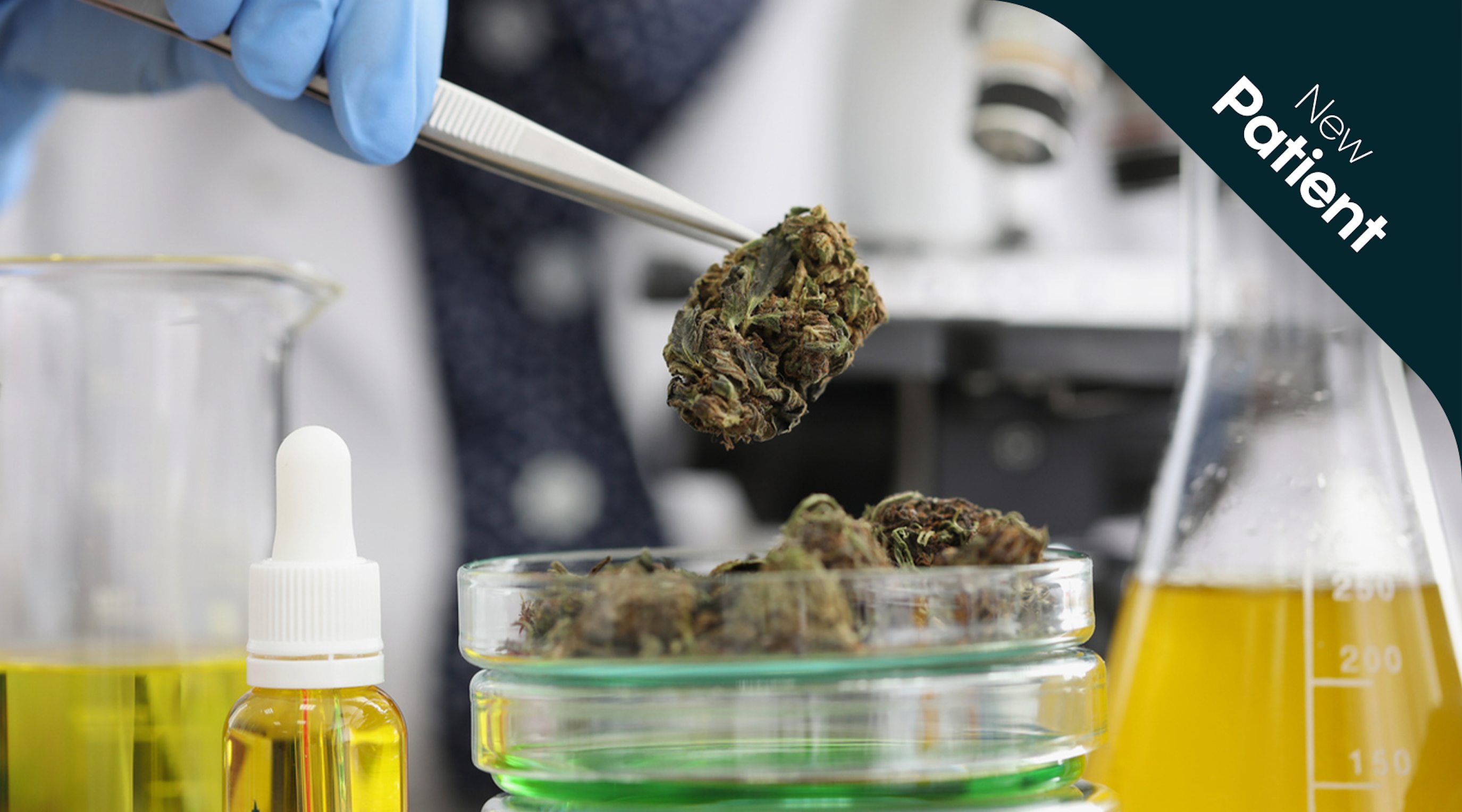What is the endocannabinoid system made up of?
There are three main pieces to the ECS puzzle:
- Endocannabinoids - internally produced cannabinoids that bind to and activate the ECS receptors
- Receptors - CB1 and CB2, these specialised proteins receive messages and transmit them to the cell
- Metabolic enzymes - responsible for breaking down endocannabinoids after interacting with the receptors.
How does cannabis interact with the ECS?
Well, you might have noticed that "cannabinoid" makes up a significant portion of the term "endocannabinoid system." This biological system is named after the cannabinoids that interact with it - both the internal cannabinoids (endocannabinoids) and external ones (phytocannabinoids).
THC and CBD are phytocannabinoids - both can influence the ECS and modulate its responses.
THC binds to the CB1 receptors directly. CB1 receptors are mostly located in the central nervous system, and their activation can lead to the psychoactive effects commonly associated with recreational marijuana use. This type of activation can also have a range of therapeutic effects, helping to alleviate symptoms such as pain, nausea, and muscle spasms.
CBD, on the other hand, has a more indirect interaction with the ECS. It can enhance the activity of internal cannabinoids and block the breakdown of endocannabinoids by metabolic enzymes. This can have a balancing effect on the ECS and potentially alleviate symptoms associated with conditions like anxiety, pain, and inflammation.
For a more thorough breakdown of the endocannabinoid system, check out this article!
Why does this matter to medical cannabis patients?
Understanding the endocannabinoid system is crucial because it helps us understand how and why cannabis-based medicines can offer such diverse therapeutic effects. By targeting specific receptor sites, cannabis compounds can address specific imbalances and promote healing, making it a powerful tool in the management of a vast range of medical conditions.
Final thoughts
So, there we have it.
A brief but hopefully informative introduction to the endocannabinoid system and how medical cannabis can interact with it to achieve therapeutic effects.
If you would like to learn more about the basics of medical cannabis, check out our entire New Patient series, and dive into our blog and education sections for more in-depth articles.
And, as always, make sure to consult with a specialist before making any decisions regarding your current treatment plan.





